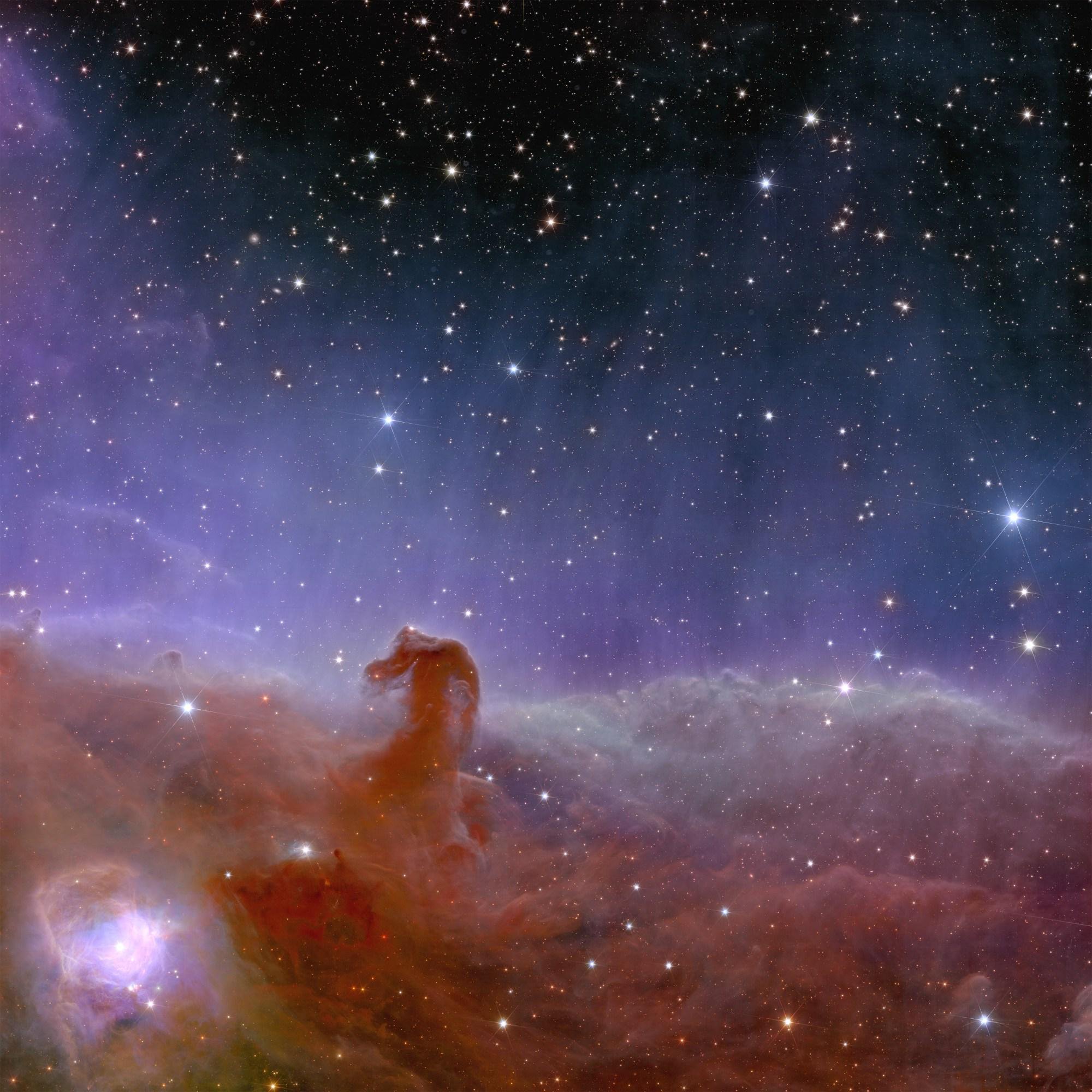Orbiting in a halo 1.5 million kilometers from Earth, directly from your destination ESA’s Euclid Telescope sent its first official images, which were published by the mission team today (7).
The telescope, which was launched in July 2023 with the mission of solving the mysteries of matter and dark energy in the universe, gave us a small insight into its research when the European Space Agency published some test images at the end of the same month.
With the publication of the first scientific images of our ‘universe detective’, We may get a glimpse into a distant and previously unexplored part of the universe.
See the first official photos from the Euclid Telescope
The five photographs feature a cluster of thousands of distant galaxies and promise to be the most comprehensive 3D map of the Universe ever revealed. Check it out below!
hero set
The Perseus Cluster, one of the largest structures in the universe, was the first image captured by Euclid, with its thousands of galaxies and 100 thousand galaxies visible in the background. This is the first time such a big picture allows large numbers of star clusters to be captured with this level of detail.
Spiral galaxy IC 342
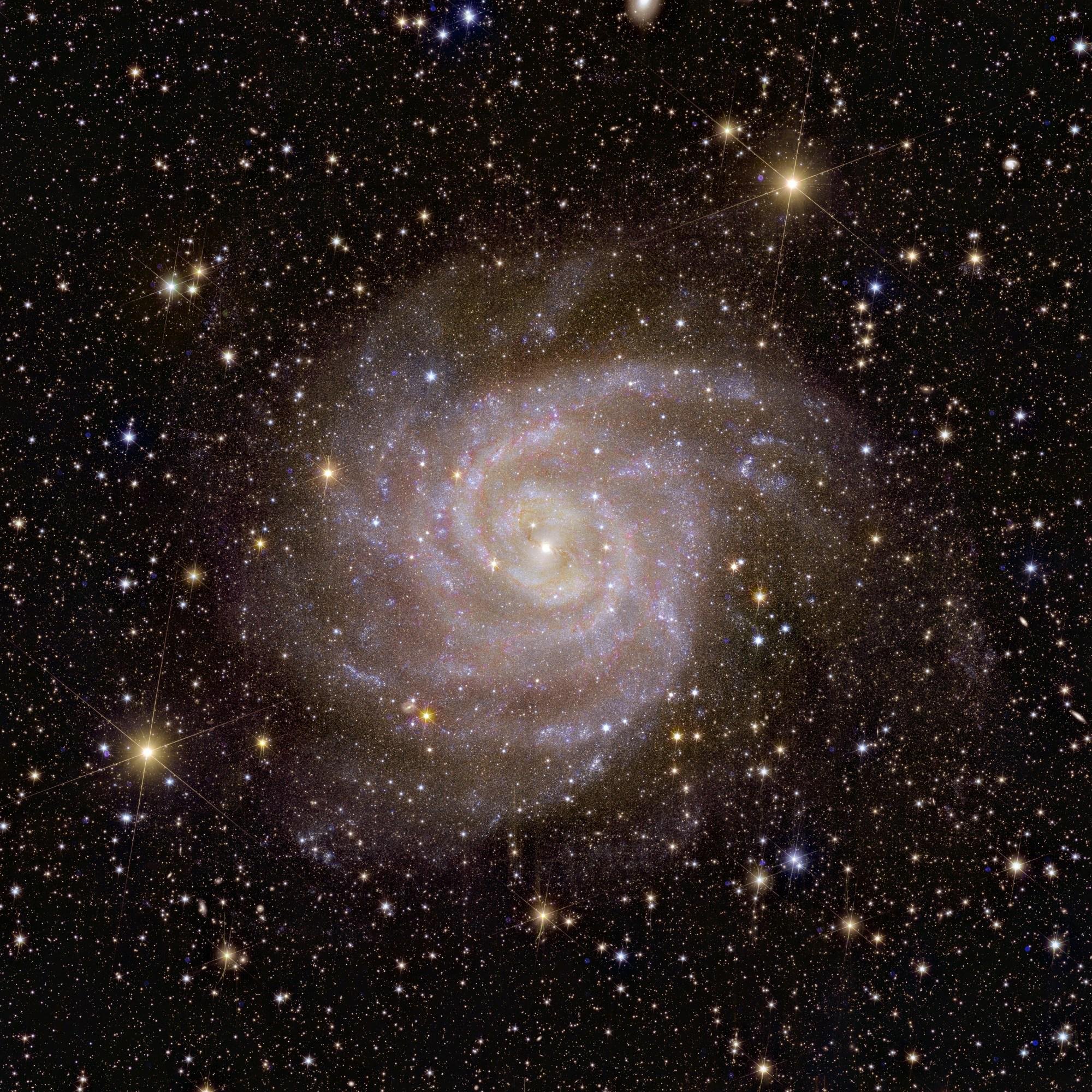
IC 342 lies behind the plane of the Milky Way, hiding it behind the glare of dust, gas and stars. For this reason, Here Euclid examined the material using his infrared instrument. and collect valuable information about the stars that make up this galaxy similar to ours.
Galaxy NGC 6822
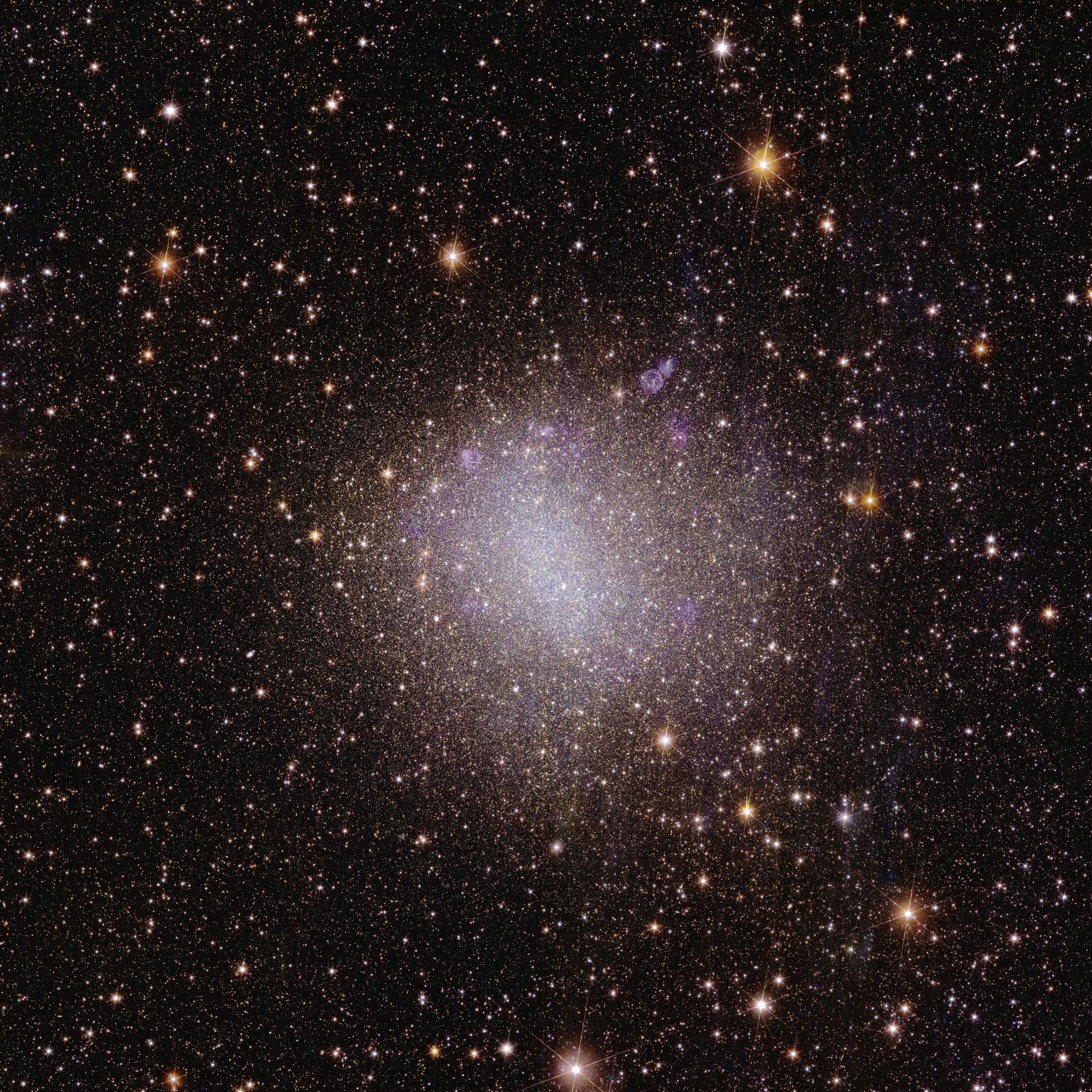
NGC 6822 is an irregular dwarf galaxy that is small in size but irregular in appearance. Despite this, Euclid managed to capture this image of the entire galaxy and its surroundings in high resolution. in less than an hour, an impossible feat for ground-based telescopes or even James Webb.
See more:
Horsehead Nebula
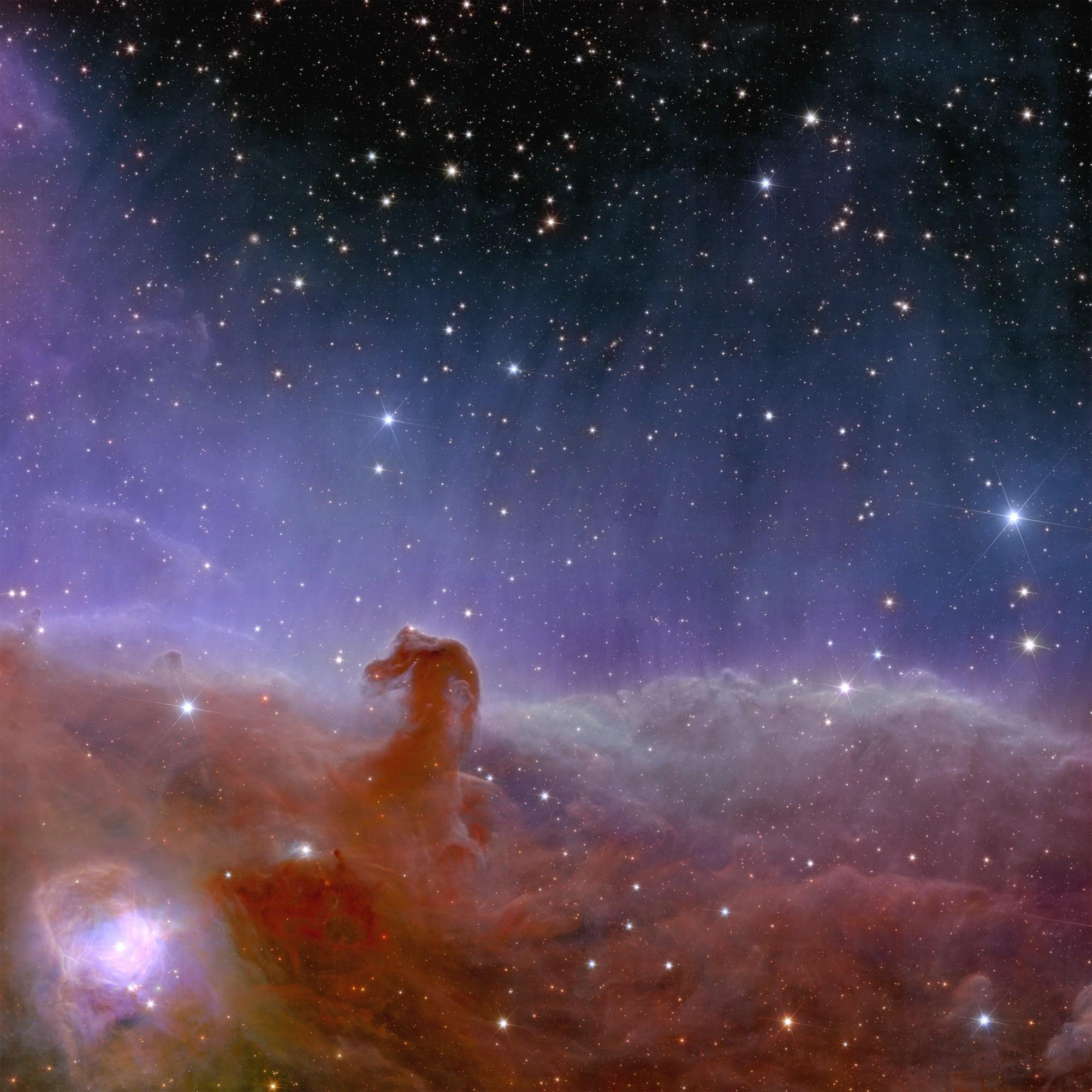
The Horsehead Nebula, part of the constellation Orion, is the closest giant star-forming region to Earth. There is great anticipation for this image as scientists expect some exciting findings from planets. While Jupiter’s mass is in its “infancy” stage, many stars appear to be in breeding environments.
Globular cluster NGC 6397
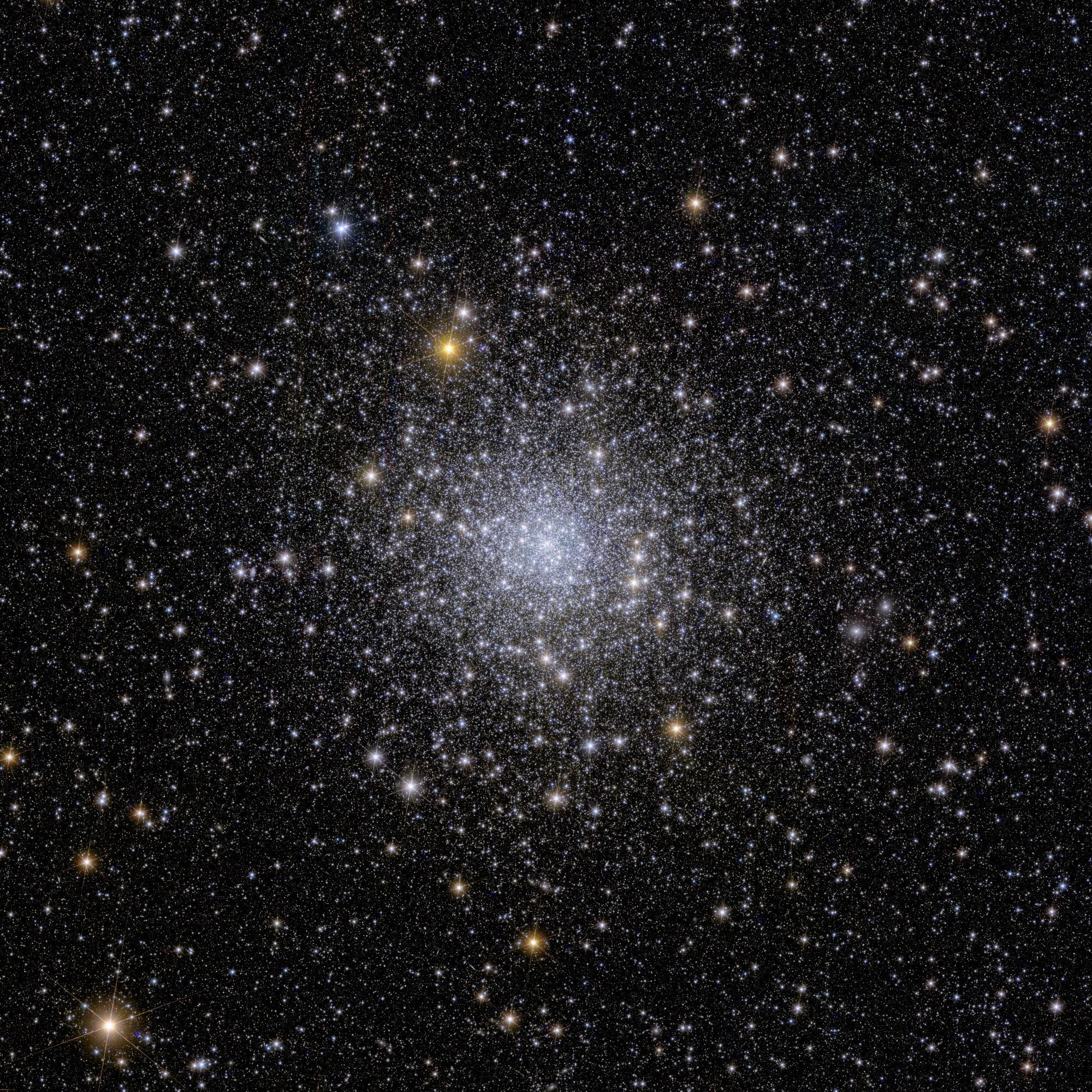
This magnificent image does not belong to a galaxy, but from a spherical cluster, this is a smaller spherical group of older stars with a more or less uniform structure of metal-poor stars. The uniqueness of the image lies in the fact that no telescope has ever been able to capture an entire cluster in such detail as those obtained by Euclid.
Did you like the content? So, as at TecMundo, always follow the latest astronomy news and take the opportunity to learn how telescope lenses contribute to the evolution of astronomy.
Source: Tec Mundo
I’m Blaine Morgan, an experienced journalist and writer with over 8 years of experience in the tech industry. My expertise lies in writing about technology news and trends, covering everything from cutting-edge gadgets to emerging software developments. I’ve written for several leading publications including Gadget Onus where I am an author.






